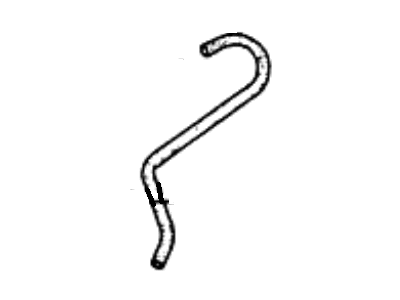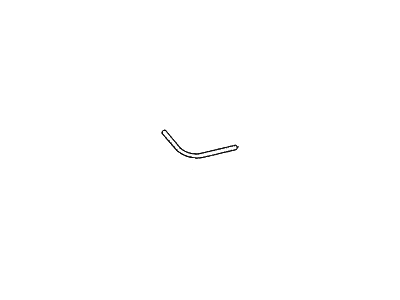×
- Hello
- Login or Register
- Quick Links
- Live Chat
- Track Order
- Parts Availability
- RMA
- Help Center
- Contact Us
- Shop for
- Hyundai Parts
- Hyundai Accessories


My Garage
My Account
Cart
Genuine Hyundai Excel PCV Hose
PCV Valve Hose- Select Vehicle by Model
- Select Vehicle by VIN
Select Vehicle by Model
orMake
Model
Year
Select Vehicle by VIN
For the most accurate results, select vehicle by your VIN (Vehicle Identification Number).
2 PCV Hoses found
Hyundai Excel Hose-Positive CRANKCASE VENTIL
Part Number: 26721-21300$4.51 MSRP: $5.82You Save: $1.31 (23%)Ships in 1-3 Business DaysHyundai Excel Hose-Positive CRANKCASE VENTIL
Part Number: 26721-24500$6.84 MSRP: $8.84You Save: $2.00 (23%)Ships in 1-3 Business Days
Hyundai Excel PCV Hose
If you are looking for affordable high-quality OEM Hyundai Excel PCV Hose, then you have come to the prime place. Our website provides a large amount of genuine Hyundai Excel PCV Hose at unbeatable prices. All our parts come backed with the manufacturer's warranty.
Hyundai Excel PCV Hose Parts Questions & Experts Answers
- Q: What is the purpose of the Positive Crankcase Ventilation (PCV) system,PCV Hose and PCV Valve on Hyundai Excel?A:The PCV (Positive Crankcase Ventilation) system is designed to prevent emissions by drawing crankcase vapors. It operates by pulling fresh air from the air cleaner through the crankcase where it mixes with blow-by gases and then drawn through a PCV valve into the intake manifold. This consists of two hoses, one running from the air intake duct to the crankcase and another one from the crankcase to the intake manifold. The PCV valve is found in the valve cover while it connects the PCV hose to the intake manifold. The flow of high vacuum restricts that of PCV valve during idling so as to maintain its good quality. In case of abnormal operating conditions, excess gases will travel back via crankcase vent tube into air cleaner. Although no routine inspection interval is set for these valves or hoses, sludge build-up can decrease their efficiency over time. Leaking seals are caused due to clogged PCV systems. It is recommended that at oil, air filter, spark plug changes inspecting and cleaning should be done on all pcv hoses Replacement involves removal of pcv fresh air inlet hose, pcv crankcase ventilation hose and pcv valve off respectively; examine-and-change any cracked or deteriorated hoses; clean out pcv valve using solvent and compressed air or replace if residue cannot be removed; re-install as necessary.







